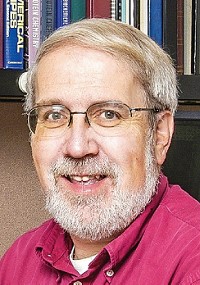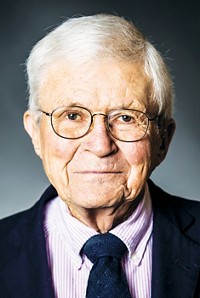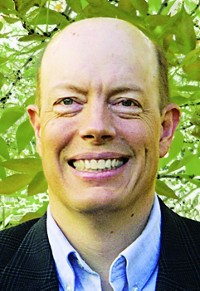Advertisement
Grab your lab coat. Let's get started
Welcome!
Welcome!
Create an account below to get 6 C&EN articles per month, receive newsletters and more - all free.
It seems this is your first time logging in online. Please enter the following information to continue.
As an ACS member you automatically get access to this site. All we need is few more details to create your reading experience.
Not you? Sign in with a different account.
Not you? Sign in with a different account.
ERROR 1
ERROR 1
ERROR 2
ERROR 2
ERROR 2
ERROR 2
ERROR 2
Password and Confirm password must match.
If you have an ACS member number, please enter it here so we can link this account to your membership. (optional)
ERROR 2
ACS values your privacy. By submitting your information, you are gaining access to C&EN and subscribing to our weekly newsletter. We use the information you provide to make your reading experience better, and we will never sell your data to third party members.
Materials
Frank H. Field & Joe L. Franklin Award For Outstanding Achievement In Mass Spectrometry
by Celia Henry Arnaud
February 24, 2014
| A version of this story appeared in
Volume 92, Issue 8
Sponsored by Waters Corp.
Many scientists fondly remember their childhood chemistry sets, but how many can tell stories about their beaker of mercury? Evan R. Williams, a professor of chemistry and biophysics at the University of California, Berkeley, can.
“When I was a kid, my parents had a small beaker of mercury that I used to play with,” Williams says. “I was fascinated by its physical properties, its high surface tension, which created balls of mercury in my hands that could be combined into larger balls or broken into smaller balls. How the mercury rolled on flat surfaces. While this would undoubtedly be considered to be bad parenting today because of what we now know about the health risks, this really is one factor that instilled in me a keen interest in material properties and science in general.”
That keen interest in science and his enjoyment in “making things” led Williams to analytical chemistry in general and mass spectrometry in particular.
“The sophisticated analysis of complex samples, detecting trace amounts of materials, solving problems that are important to society with chemical analysis, are things that got me into analytical chemistry and continue to fascinate me to this day,” he says.
Williams, 51, is being honored for his “development of mass spectrometric methods for molecular structural analysis and their application to fundamental problems in chemistry and biochemistry.”
Williams developed a method called blackbody infrared radiative dissociation (BIRD), in which blackbody radiation is used to fragment large gas-phase ions. “BIRD provides unique information about ion structure and energetics and is particularly advantageous for studies of biological macromolecules,” says Peter B. Armentrout, a chemistry professor at the University of Utah. “Building on previous work, Williams demonstrated that thermochemical information could be obtained directly from BIRD studies of very large ions.”
Williams used BIRD to measure the binding energies of hydrated divalent and trivalent metal ions and then used infrared multiple photon dissociation to structurally characterize those ions.
“I particularly like his nanocalorimetry research, whereby he obtains thermochemical information about hydrated ions,” says Michael L. Gross, a professor of chemistry, immunology, and medicine at Washington University in St. Louis. “Particularly insightful is his work to obtain absolute values for reduction potentials. From his work will emerge an absolute electrochemical scale derived entirely from direct experimental measurements. His approach could become textbook material.”
Williams graduated from the University of Virginia in 1984 with a B.S. in chemistry. He earned a Ph.D. in analytical chemistry in 1990 from Cornell University, where he worked with Fred McLafferty. He did postdoctoral work with Richard N. Zare at Stanford University.
In 1992, he joined the UC Berkeley faculty as an assistant professor of chemistry. He was promoted to associate professor of chemistry and biophysics in 1997 and to full professor in 2001. He has been a scientist in the Earth Sciences Division at Lawrence Berkeley National Laboratory since 1998.
Williams will present the award address before the Division of Analytical Chemistry.






Join the conversation
Contact the reporter
Submit a Letter to the Editor for publication
Engage with us on Twitter